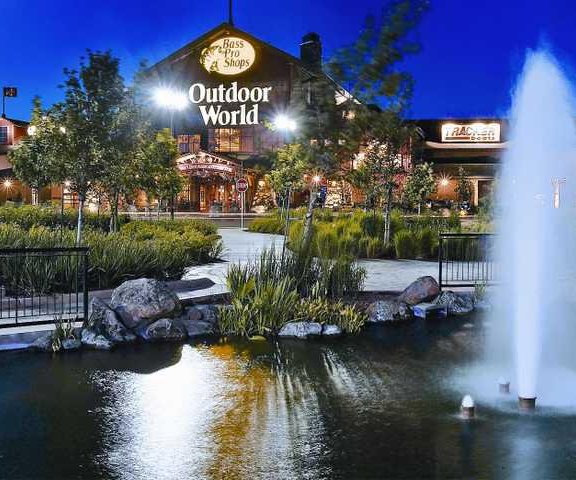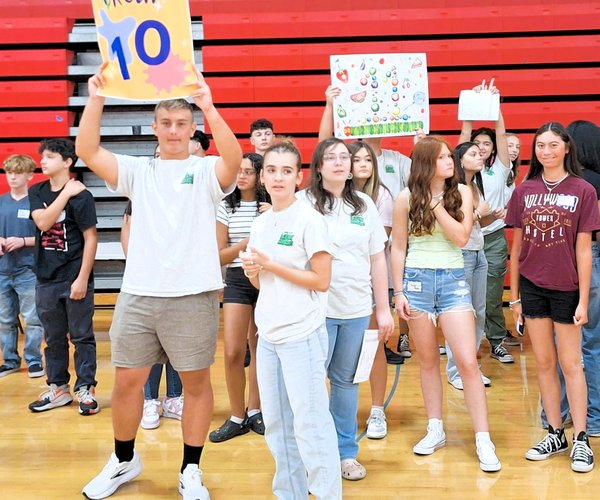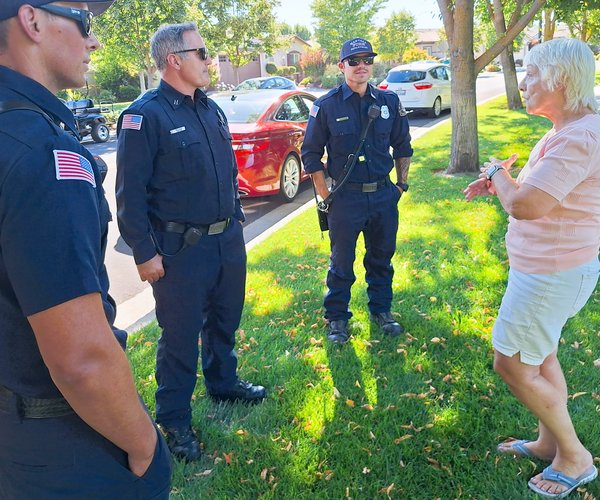Parents south of the 120 Bypass have found a safe route for their teens to get to and from school — Manteca Transit.
Teen/youth ridership on Manteca Transit bus routes is up more than 125 percent from pre-COVID-19 levels. There are now as many as 629 youth a month riding Manteca Transit fixed route buses.
Part of that has to do with the establishment of a route that serves the fast-growing neighborhoods in southwest Manteca south of the 120 Bypass. Part of it has to do with a stepped-up educational program regarding in-town bus service being conducted at school campuses. Part of it has to do with a Caltrans grant aimed at reducing carbon emissions that allow any Manteca Unified student showing their school ID to ride the bus for free through May 28.
John Portillo, who oversees the city’s Manteca Transit system, said they have received positive feedback from parents including those whose son previously had to walk an hour to Sierra High from their Woodward Park home due to the fact they both had to hit the road for an early commute to Bay Area jobs.
Many of the teen riders are from south of the 120 Bypass who use the service on days when they have no other option except to walk or bicycle to the Sierra High campus. Their parents are leery of having them walk to school due to large gaps in sidewalks, heavy and high-speed traffic on the Airport Way overcrossing that has no fencing on the edge except for 3-foot-high K-rail and nothing physically separating pedestrians and bicyclists from passing cars and trucks.
Manteca Transit now has bus stops at Manteca, East Union and Sierra high school campuses as well as the Manteca Adult School at the district complex.
And that’s not just to go to and from school. Youth are using the transit system to reach popular destinations such as health clubs and the 16-screen cinema at Orchard Valley.
The city hopes to secure a grant next school year as well to cover free student ridership. While fares are normally 75 cents one-way for youth ages 2 to 18 the 31-day pass is just $28 for unlimited rides,
John Portillo, who oversees the city’s Manteca Transit system, said the new route, targeted marketing, and even a new 31-passenger bus hitting the streets in the coming weeks is the direct result of the city reaching out to the community to find out what their needs are as well as their perceptions.
“A lot of people thought the small buses we run were only for Dial-a-Ride or paratransit,” Portillo said.
That was partially behind the city’s decision to use state and federal grants to acquire the new 35-foot bus produced by Gillig in Livermore.
And to address concerns about health protocols, they opted to go with lighter seat fabric.
The reason is simple. Historically transit systems have gone with black seats to mask dirt.
But Manteca Transit — committed to cleaning contact surfaces such as seats and rails every hour throughout the day when buses pull into the transit station — wants to showcase their commitment to being clean and safe.
The new larger bus is expected to be used on Route 2. It generally hits the apartments on the eastern end of Atherton Drive, Woodward Park, Orchard Valley, Big League Dreams/Costco, Sierra High, the Civic Center, Walmart, and the downtown transit center.
It is the second heaviest traveled route behind Route 1 that primarily runs down Yosemite Avenue hitting Target, Doctors Hospital, the downtown transit center, the Civic Center, Sierra High, BLD/Costco and Kaiser Hospital.
The bus was tested on Route 1 but due to its larger size it wasn’t able to cover the route in the usual hour.
Manteca Transit, though, is looking at ways of stepping up service on its more popular route. Based on the availability of drivers, they are tentatively looking to run buses every half hour instead of an hourly basis starting perhaps as early as July 1. More frequent bus service often leads to increased ridership.
Portillo noted the city is concentrating on addressing the transit needs of the “dominate” groups most likely to become converts as they are the anchor daytime population of Manteca — youth and elderly. As such they have been visiting schools to make youth aware of the bus service and plan similar efforts at places such as the Eskaton senior housing complex.
That doesn’t mean the system isn’t operating connecting service to the Altamont Corridor Express station or picking up riders that make connections with San Joaquin Regional Transit of Modesto Area Express to commute to jobs outside of Manteca. They are already doing that with plans to make more offerings as such travel options become more robust including ACE service starting from downtown in 2023
Drivers are now training on the new bus. Tentative plans are for it to go into service the week of March 14 with free rides being offered system ride to encourage more people to try the system.
To contact Dennis Wyatt, email dwyatt@mantecabulletin.com






